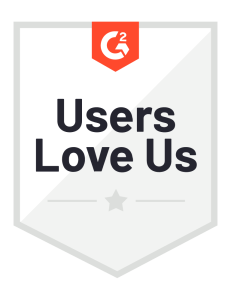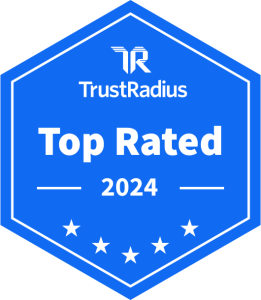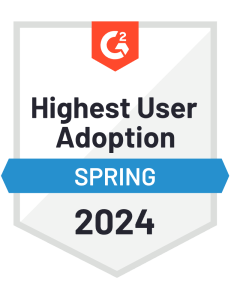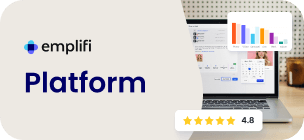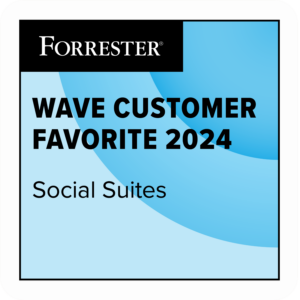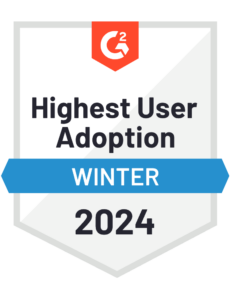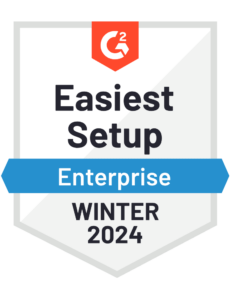A social media audit is one of the most important tools in your brand’s digital playbook, but it’s often overlooked. Whether you’re managing a global brand presence or overseeing a handful of active channels, a social media audit gives you a clear, actionable view of what’s working, what’s not, and where you can improve.
In this guide, we’ll walk through how to do a social media audit, who should be involved, how long it typically takes, and where AI can help streamline the process. Plus, you’ll get access to a free downloadable template to help you get started faster.
What is a social media audit?
A social media audit is a structured process for evaluating the health and performance of your brand’s presence across social platforms. It involves collecting and analyzing data to understand what’s driving your social media engagement, how your audience is evolving, and where your strategy may need adjustment.
It’s not just about reviewing the content you’ve shared and where/when you’ve shared it, but about taking a full, holistic, and strategy-minded look at the full scope of your social media activity and how your followers are reacting to it.
A thorough social media audit typically includes:
- Profile reviews: Are your bios, links, profile images, and handles up to date and consistent across platforms?
- Performance metrics: Which posts are getting the most engagement, reach, and shares? And, perhaps more importantly, why?
- Audience insights: How is your audience growing? Who are you reaching, and how does that compare to your target demographics?
- Content analysis: What content formats (e.g., Reels, carousels, Stories) perform best? Are you meeting your publishing cadence goals?
- Engagement and responsiveness: Are you replying to comments and messages in a timely, helpful way?
- Competitor benchmarking: How does your performance stack up against key competitors or industry averages?
- Brand consistency: Are your visuals, tone of voice, and messaging aligned across platforms?
The goal is to turn all of this into a clear picture of your strengths, weaknesses, and opportunities, and then use that insight to shape a smarter social media strategy.
How does a social media audit benefit my brand?
A social media audit is a strategic tool that helps your team make better decisions, optimize performance, and align your efforts with business goals. When done right, an audit offers clarity across your entire social landscape and reveals opportunities you might otherwise miss.
Here are some of the most valuable benefits of conducting a social media audit:
Identify your top-performing content
A social media audit helps you pinpoint which posts, formats, and messages are driving the most engagement. Whether it’s short-form video, carousel posts, or user-generated content (UGC), your audit reveals what resonates most with your audience so you can replicate that success. It also allows you to track performance across time periods and platforms, identifying evergreen content and seasonal spikes. Knowing your winners helps you double down on what works while cutting content that doesn’t move the needle.
Uncover gaps in engagement or platform coverage
Even the best-run social programs can have blind spots. An audit helps you identify underperforming platforms, audience segments that aren’t being reached, or channels that are active but lack a consistent publishing cadence. It also shines a light on inconsistencies in brand voice or messaging. These gaps might be costing you reach, relevance, or even revenue. And without an audit, they’re easy to overlook. Once surfaced, they become actionable focus areas to improve efficiency and impact.
Benchmark against competitors and industry standards
In addition to looking at your brand’s results, a well-rounded audit compares your performance to that of your peers and competitors. How do your engagement rates, follower growth, and content quality stack up? What platforms or formats are others using successfully that you’ve yet to explore? By understanding how your brand compares, you can better position yourself within your industry and identify areas to differentiate. Benchmarking also gives you data to support resourcing and strategy decisions internally.
Streamline and sharpen your platform strategy
Many brands stretch themselves thin by being active on too many platforms without a clear purpose. An audit helps you reassess your platform mix and refocus your energy where it counts. Are there channels that aren’t generating ROI? Are your audiences more active on one platform than another? You may discover that scaling back and prioritizing your strongest channels can lead to better engagement and less operational complexity. The result is a leaner, more intentional social strategy.
How to do a social media audit in 6 steps
Here’s how to do a social media audit, step by step. Use this checklist to guide your process, and consider downloading our free template to keep everything organized as you go.
1. Take inventory of all active social media accounts
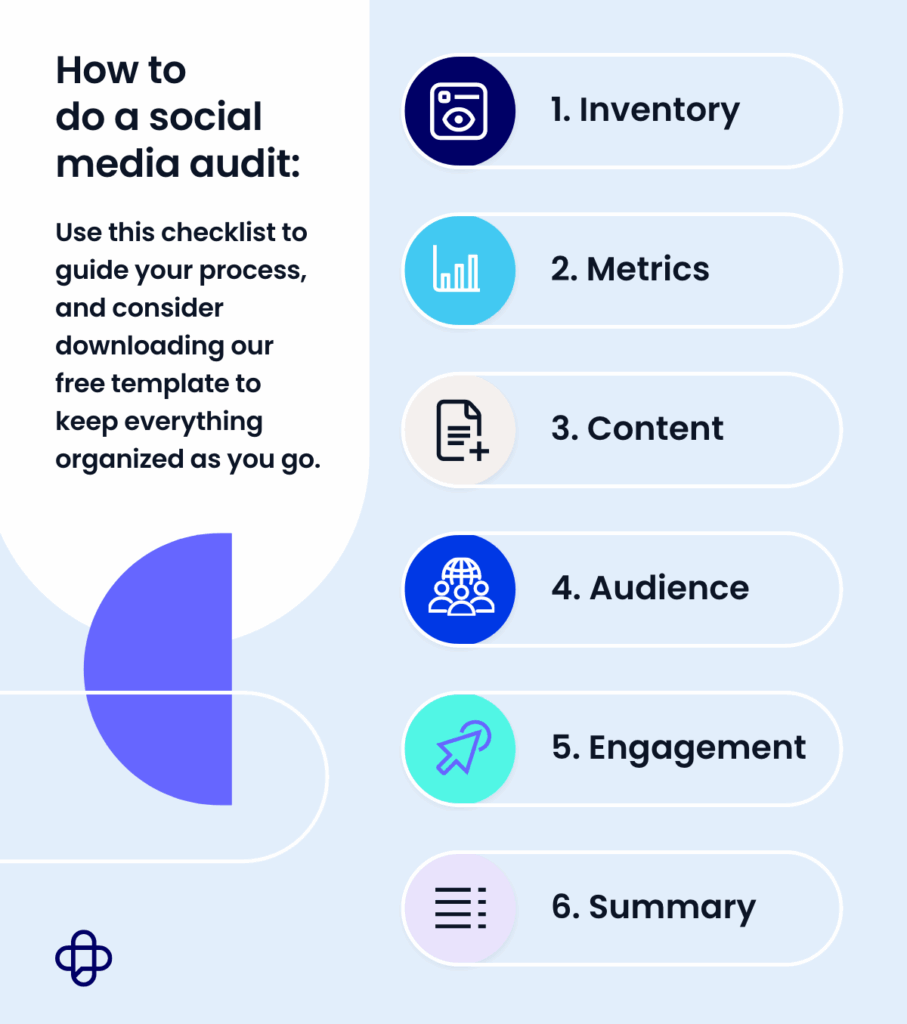
Start by creating a complete list of every social media profile associated with your brand, including global, regional, and product-specific accounts. Make sure you have admin access and confirm that all login credentials are secure and centralized.
As you do this, audit each profile for consistency in visuals, bios, usernames, and links. Discrepancies in branding or messaging can confuse your audience and dilute your identity. This foundational step helps ensure you’re starting with a clean, unified brand presence across every platform.
2. Review your performance metrics
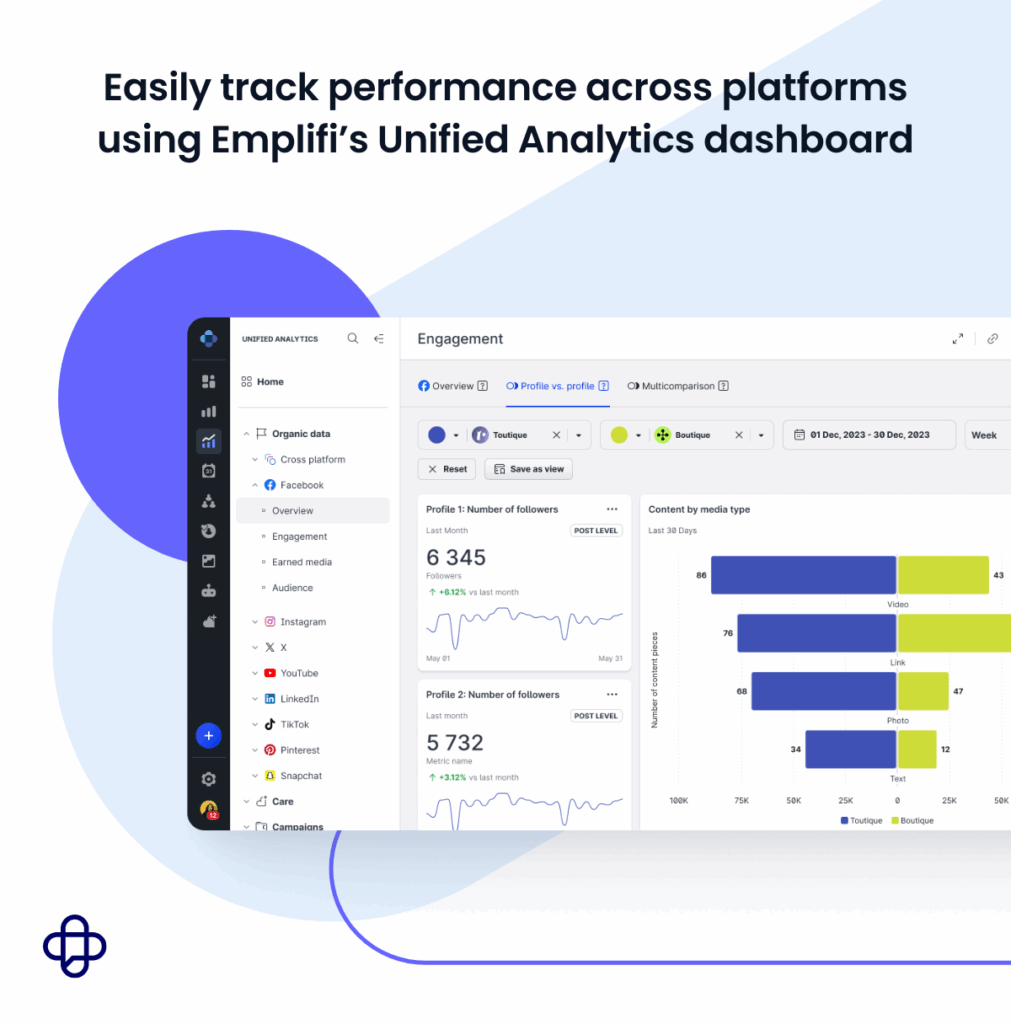
Once your profiles are accounted for, dig into the data. Look at key metrics like reach, impressions, engagement rate, click-through rate, follower growth, and video views (if applicable). Compare these metrics over time and across platforms to see what’s trending positively, or what’s stagnating.
Don’t just stop at surface-level numbers; look at how different post types perform, and whether certain platforms are consistently outperforming others. These insights form the backbone of your audit and help you measure progress toward your social KPIs.
- Emplifi’s Unified Analytics can simplify this step with customizable dashboards and cross-channel reporting.
3. Analyze your content strategy
Your content is what drives engagement, builds community, and reinforces your brand. In this step, assess what types of content you’ve been posting, how frequently you’re posting, and how each format is performing. Are videos getting more shares than static images? Are Reels or Stories outperforming traditional posts?
Identify your top-performing themes and content pillars, and look for gaps, either in coverage or in alignment with your audience’s interests. A strong content audit reveals what to amplify and what to reevaluate moving forward.
- Not sure what content performs best? Emplifi helps you visualize trends and top-performing formats across platforms.
4. Evaluate audience insights
Beyond reach and engagement, you need to understand who’s interacting with your brand. Review audience demographics such as age, gender, location, and interests, and then compare those insights to your target personas. Are you reaching the right people? Are certain segments engaging more than others?
Look at patterns across platforms to understand which channels attract which types of users. These insights help you tailor your content and platform strategies more effectively, ensuring you’re speaking to the audiences that matter most.
5. Assess engagement and responsiveness
Social media is a two-way conversation, and how your brand responds to comments, questions, and DMs says a lot about your customer experience. Review how quickly your team is responding to inquiries and whether the tone and content of responses are consistent and helpful. Are there unanswered comments or recurring complaints? This is also a good time to evaluate your team’s coverage. Do you have the right people and processes in place to manage high-volume engagement?
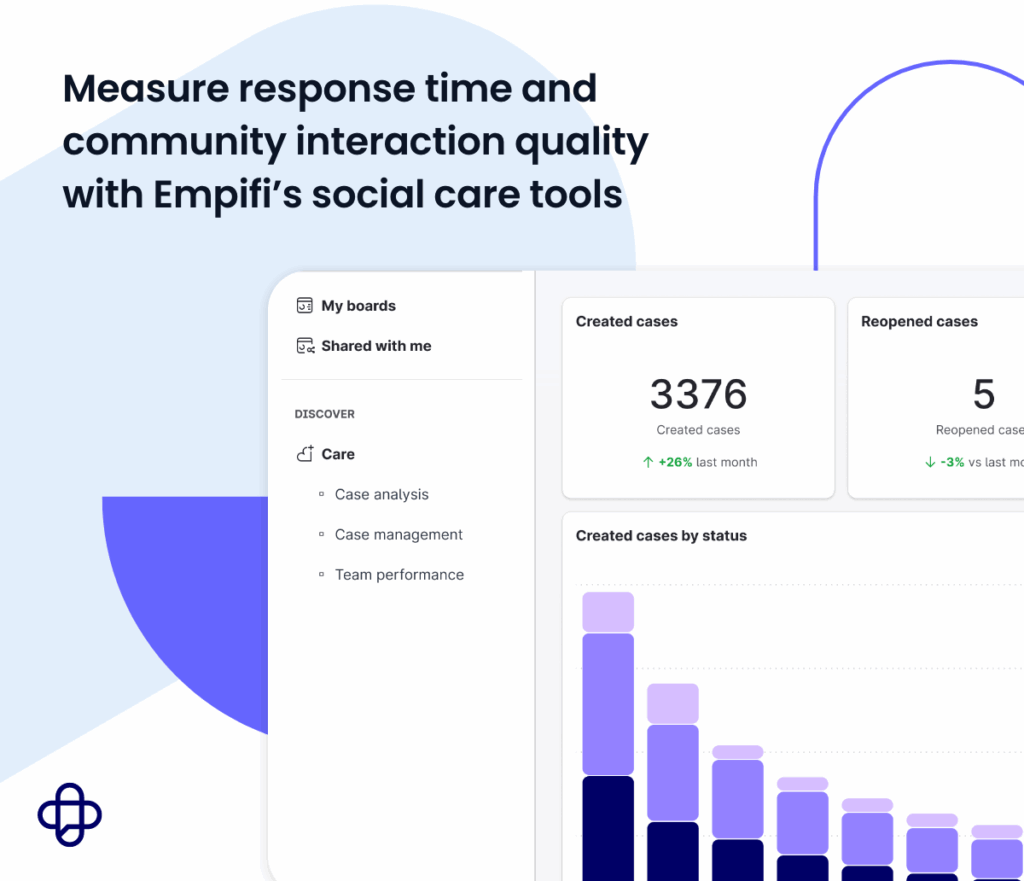
6. Summarize your findings and make recommendations
Once the data is collected and reviewed, it’s time to bring it all together. Your final step is to document key takeaways: what’s working well, what needs attention, and what actions should be prioritized. Be specific by including opportunities to shift content direction, improve response workflows, or reallocate budget across platforms. Clear recommendations turn your audit from a passive report into a strategic plan. Consider sharing this summary with stakeholders to align your team around next steps and key focus areas.
Who should be involved in a social media audit?
A successful social media audit is a team effort. While a social media manager may lead the process, pulling in the right cross-functional partners ensures a more accurate, actionable result. Here are the key roles typically involved, and what each brings to the table:
- Social media manager
Owns the audit from start to finish. This person coordinates the process, gathers data, documents insights, and turns findings into actionable recommendations.
- Data analyst
Provides deeper insight into performance metrics. They help identify trends, anomalies, and benchmarks across time periods and platforms, ensuring your conclusions are backed by data.
- Community manager
Reviews day-to-day audience interactions. Their input is critical for evaluating sentiment, identifying recurring themes in comments or DMs, and flagging any tone or brand voice inconsistencies.
- Customer care or social care lead
Evaluates how well your team is responding to inquiries and complaints on social. They can help identify gaps in coverage, improve workflows, and ensure expectations around responsiveness are being met.
- Marketing lead or strategist
Ensures alignment with broader business goals. They help translate audit findings into strategic priorities, like shifting content themes, reallocating budget, or launching new campaigns.
Depending on your team structure, other stakeholders such as brand managers, product marketers, or regional leads may also contribute. The more collaborative your audit process, the more comprehensive and useful your findings will be.
How AI can help streamline your social media audit
Artificial intelligence is transforming how brands approach social media audits. What once took days of manual work can now be completed faster — and often with more accuracy — thanks to automation and machine learning. By layering AI into your audit process, you can surface richer insights, spot trends you might miss on your own, and shift more time toward strategy.
Here are four powerful ways AI can make your social media audit more efficient and effective:
AI-generated performance summaries
Instead of combing through dashboards and spreadsheets to make sense of your data, AI can automatically generate clear summaries of how your content and channels are performing. These summaries highlight key metrics, flag notable shifts, and help your team quickly understand what’s driving engagement, or what needs attention. It’s a smart starting point that turns raw data into digestible insights.
Pattern recognition for engagement trends and drop-offs
AI excels at identifying subtle patterns in large datasets. It can detect things like slow engagement declines over time, optimal posting windows, or content fatigue across certain themes. These insights can be difficult to spot manually, especially when you’re managing multiple accounts or reviewing data across long timeframes. With AI, you can take action sooner, and with more confidence.
Sentiment analysis at scale
Monitoring brand sentiment is critical, but reading and interpreting thousands of comments and messages by hand isn’t scalable. AI-powered sentiment analysis tools can evaluate tone, emotion, and keyword context across social interactions, helping you track audience sentiment over time. This is especially valuable during product launches, crisis moments, or seasonal campaigns when feedback volume spikes.
Automatic tagging and content categorization
One of the most tedious parts of an audit is sorting content by theme, topic, or objective. AI can take over this task by auto-tagging posts based on keywords, visuals, and historical engagement data. This makes it easier to evaluate your content mix, identify underrepresented topics, and compare how different themes perform, without manually labeling each post.
With tools like Emplifi’s AI-powered analytics, your team can stop drowning in data and start spending more time on strategy, creativity, and action.
How long does a social media audit take?
The time it takes to complete a social media audit depends on the scope, number of platforms, and how deep you want to go. Some audits can be completed in a day; others take a week or more and involve multiple stakeholders. Here’s a breakdown of typical timelines based on your goals and resources:
Quick audits (1-2 days)
If you’re using a pre-built template and focusing on high-level performance metrics, brand consistency, and platform health, you can complete a quick audit in one to two working days. These are ideal for smaller teams or fast-moving environments where agility matters more than depth. They’re also helpful before launching a new campaign or reporting to leadership on short notice.
Comprehensive audits (1-2 weeks)
A more detailed audit — especially across multiple brands, regions, or social teams — may take one to two weeks. This approach involves a deeper analysis of audience insights, content trends, engagement patterns, competitor benchmarking, and internal workflows. It also typically requires collaboration between team leads in marketing, community management, and customer care. The extra time investment pays off with richer insights and stronger strategic direction.
Ongoing tracking (monthly or quarterly)
While audits are often treated as one-off projects, many brands build them into a regular cadence, which might happen monthly, quarterly, or biannually. Ongoing tracking helps teams spot performance shifts early, monitor progress against goals, and adjust tactics in real time. With the right platform and workflows, these “rolling audits” can become a routine part of your reporting process without requiring a full reset each time.
Whether you’re conducting a quick health check or a comprehensive strategic review, the key is consistency. The more regularly you audit, the easier it becomes to spot patterns, measure growth, and stay ahead of what your audience expects.
Make social media audits a smart, repeatable part of your strategy
A social media audit is a powerful tool for making smarter, faster, and more strategic decisions across your entire social media program. Whether you’re running a quick check-in or a full-scale evaluation, an audit gives you the clarity you need to optimize your content, elevate your engagement, and align your efforts with your brand’s broader goals.
By building audits into your routine — monthly, quarterly, or tied to major campaigns — you can spot opportunities early, respond to shifting audience behavior, and keep your strategy on track. With the help of AI-powered tools, you can streamline the process and unlock even deeper insights.
Ready to get started? Download our free social media audit template to guide your next audit and turn insights into action.
